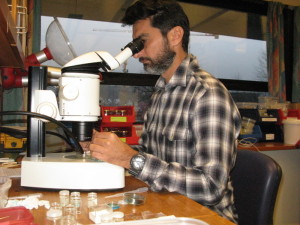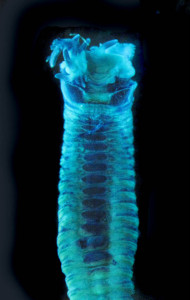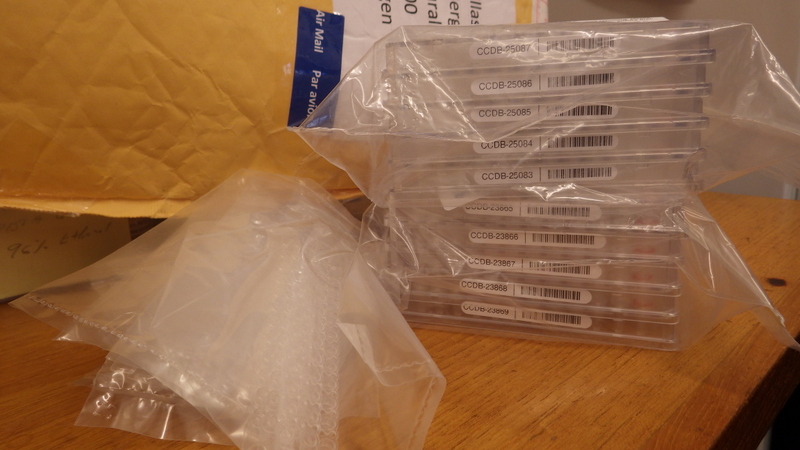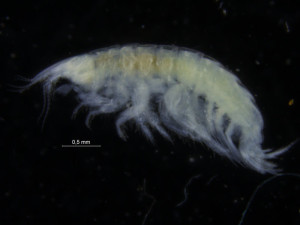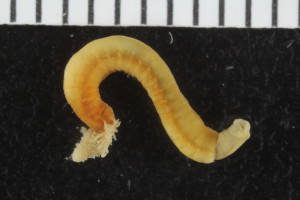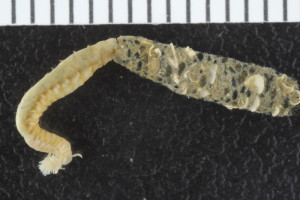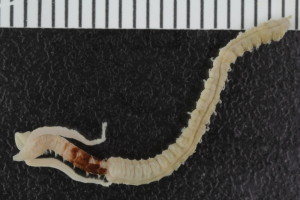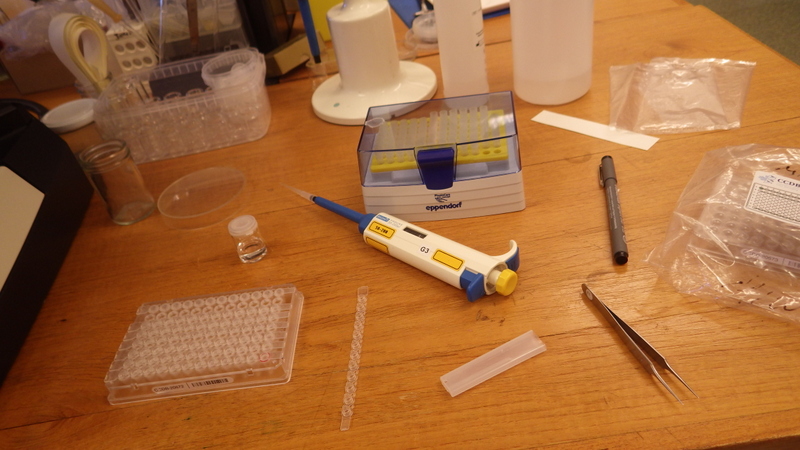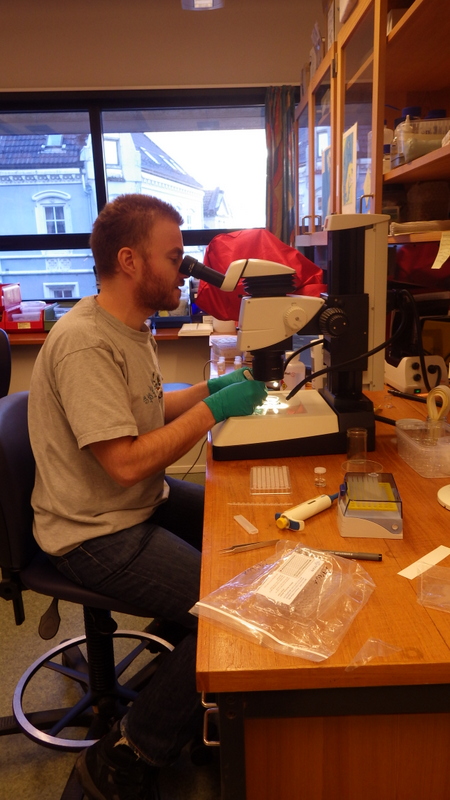Mario, whose home institution is the University of Antioquia, in Medellin, Colombia, arrived here in the beginning of January.
During Mario’s month-long stay he was examining the collection of terebellids from West Africa and the museum’s collection of the bristle worm genus Pista, much of which will later be barcoded though NorBOL (for the Norwegian material) and MIWA (for our West African samples).
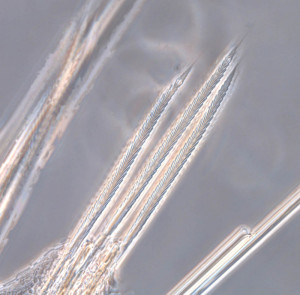
Verticilate chaetae from one of the polycirrinae species photographed through a microscope (photo: MHL)
In his own words:
I usually work on the morphology of just one of the several families of polychaetes, the spaghetti worms or Terebellidae. This visit has been very important since we have been able to separate four Pista species from the North Sea, using both morphological and molecular tools. “The combination of these two different methods has been superb”.
Jon, Arne and I began this study during August 2014, but this never will end because we are continuing with more material. The recent findings have been the significance of some characters that did not have taxonomical importance in the past. Now, they are the clue for splitting very close species.
But this is not enough; it was possible to identified 43 species of terebellids belonging to 16 different genera, from material collected in West Africa coasts. This is a high polychaete diversity in only one family. For example, we found three Lysilla species, in one region with only one recorded species. New species? Highly possible. One can only wonder what the diversity of the remaining families is?
All this was accompanied with a perfect view through the window, seeing it snow some days, or watching the Sun on the mountains in front; some times with white top mountains, sometimes with a deep blue sky. A landscape like that never could be my company in my tropical city.
Thank you for the visit!

